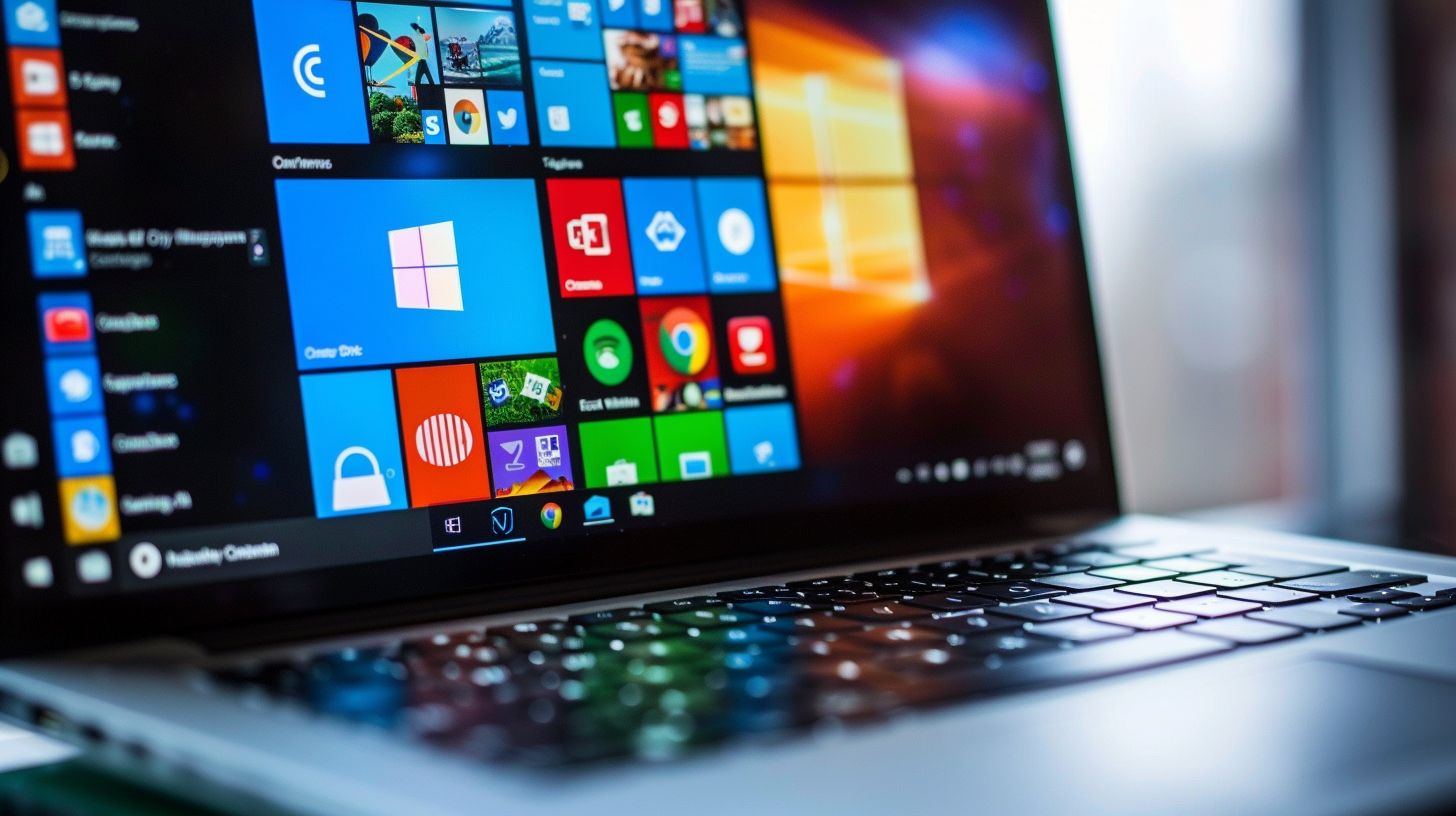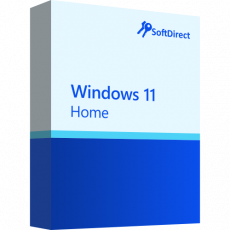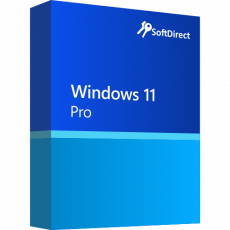14 October 2025 is a significant date in the world of computing, as it marks the end of official support for Windows 10. On that date, Microsoft will stop releasing bug fixes, security updates, time zone updates and technical support for Windows 10. This is especially important for businesses who need to prepare for this transition to avoid security risks and compliance issues.
Latest Windows 10 Version and Security Risks
The last version of Windows 10, 22H2, will receive monthly security updates until 14 October 2025. However, after that date, organisations that continue to use this operating system may face significant security risks. Outdated software could easily become a target for cybercriminals who could exploit vulnerabilities from unpatched security holes.
Convert to Windows 11: The Safer Choice
The introduction of Windows 11 is a key step for organisations as it is the most secure version of Windows. It has built-in advanced encryption, data and authentication protection features, and robust system security and network protection solutions. It also offers intelligent protection against emerging threats, ensuring that your company's data and systems are always protected.
Transition Options
There are several ways for organisations to migrate to Windows 11:
- Update on Eligible PCs: Windows Autopatch or Microsoft Intune can be used to easily update eligible PCs.
- Buy new Windows 11 Pro PCs: Purchase new PCs that come with Windows 11 pre-installed.
- Cloud Based Solutions: With a Windows 365 subscription, Windows 11 can be used on any device.
Purchase of new equipment and receipt of investment
For those whose devices are not Windows 11 compatible or are outdated, now is the time to get a new Windows 11 compatible PC. Purchasing new Windows 11 compliant devices can offer organisations a long-term return on investment of up to 250%, thanks to improved security and efficiency.
Compatibility Check and Update Steps
The first step is to assess the existing asset base to understand which assets are not suitable for Windows 11. Intune or other management tools can be used to quickly assess the status of the assets. Incompatible or obsolete devices should be replaced with new Windows 11 PCs, which can be purchased directly from the OEM or reseller.
Extended Security Upgrade Programme (ESU)
For those who are unable to replace their Windows 10 devices in time, Microsoft offers the opportunity to purchase security updates through the Extended Security Updates (ESU) program. The ESU program is an annual subscription that is renewable for three years and offers monthly security updates for subscribed devices. It is important to note that the ESU program only includes critical and important security updates, not new features or design changes.
Summary
The end of support for Windows 10 will bring significant changes to the corporate IT infrastructure. To avoid security risks, organizations should prepare to migrate to Windows 11, which offers the most secure and state-of-the-art solution. In addition to the purchase of new devices and compatibility checks, the ESU programme provides the opportunity for security upgrades for those who need more time to make the transition. Planning ahead and taking the right actions will help ensure that companies' secure and efficient operations are not compromised when Windows 10 support ends.




